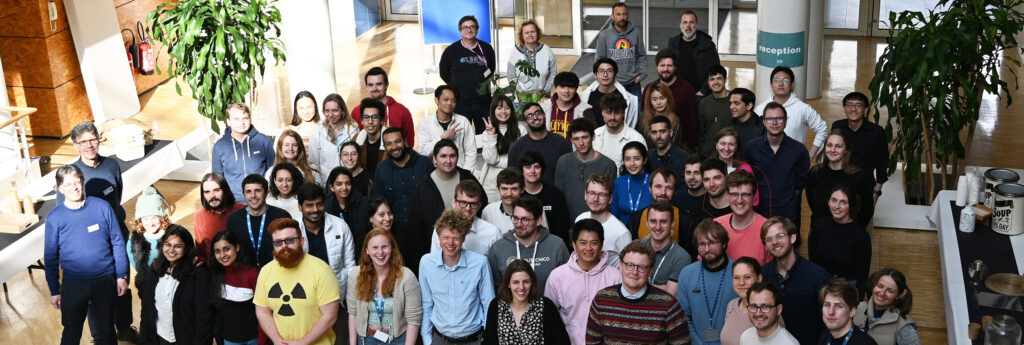
Jannis Ahlers attended the Hercules Synchrotron school at the European Synchrotron Radiation Facility
Jannis was selected as one of the 72 successful applicants from 178 applications. This 5-week program provides training for students, postdoctoral, and senior scientists from around the world, with synchrotron experts leading a program of lectures, practicals, tutorials, and visits to synchrotron facilities around Europe. This is a very valuable opportunity to learn about synchrotron imaging developments around the world and build a network of peers and global authorities in the field of phase-contrast x-ray imaging.
Earlier this year, I was lucky enough to attend the 2024 Hercules Synchrotron School in Grenobles, France. Hercules is a 5-week course primarily hosted by the European Synchrotron Radiation Facility (ESRF) and the Université Grenoble Alpes, with students spending one of the five weeks at a partner facility elsewhere in Europe. The school covers anything and everything to do with X-ray and neutron generation and scattering, as well as the techniques available at synchrotron, neutron, and free-electron laser facilities. I arrived in Grenoble on a wet Sunday afternoon after a long trip (car, train, bus, plane, plane, bus, tram), and the programme started that evening with an ice-breaking reception. Although no one else from Australia attended the school, I managed to find two Kiwis, and we exchanged anecdotes about flying half way across the world. The next morning it was off to the races, with lectures starting at 8:30am. The first two weeks went by both incredibly quickly and incredibly slowly, with very full days of lectures, interspersed by small group tutorials and practicals on various techniques and instruments, at both ESRF and the nuclear reactor ILL next door. The lectures were held by many top scientists in their field, with most travelling to Grenoble only for the day. Many of the lecturers and beamline staff were Hercules alumni themselves, and it showed in their dedication and generosity to us and the school. For one week, eleven other students and I travelled to Karlsruhe, Germany, to visit the Institute for Photon Science and Synchrotron Radiation at the Karlsruhe Institute of Technology (KIT). We spent a week learning all about how they use high-throughput synchrotron X-ray imaging to image thousands of model organisms, in order to learn about how genetic variations affect specific morphology. They do so much imaging, they need to queue up the reconstructions to do them over the quiet Christmas period! After getting back to France the last two weeks went by in a blur, with everyone utterly exhausted by this point. It was hard to say goodbye to all the wonderful people from all around the world that I got to know over the course of the school, but by the end I was ready to head home and get back to my own research… especially after having been inspired by a number of interesting discussions with the lecturers and fellow students! I would like to sincerely thank the IMPACT programme for their support for this trip. It was a one-in-a-lifetime opportunity, and not something I will ever forget.
